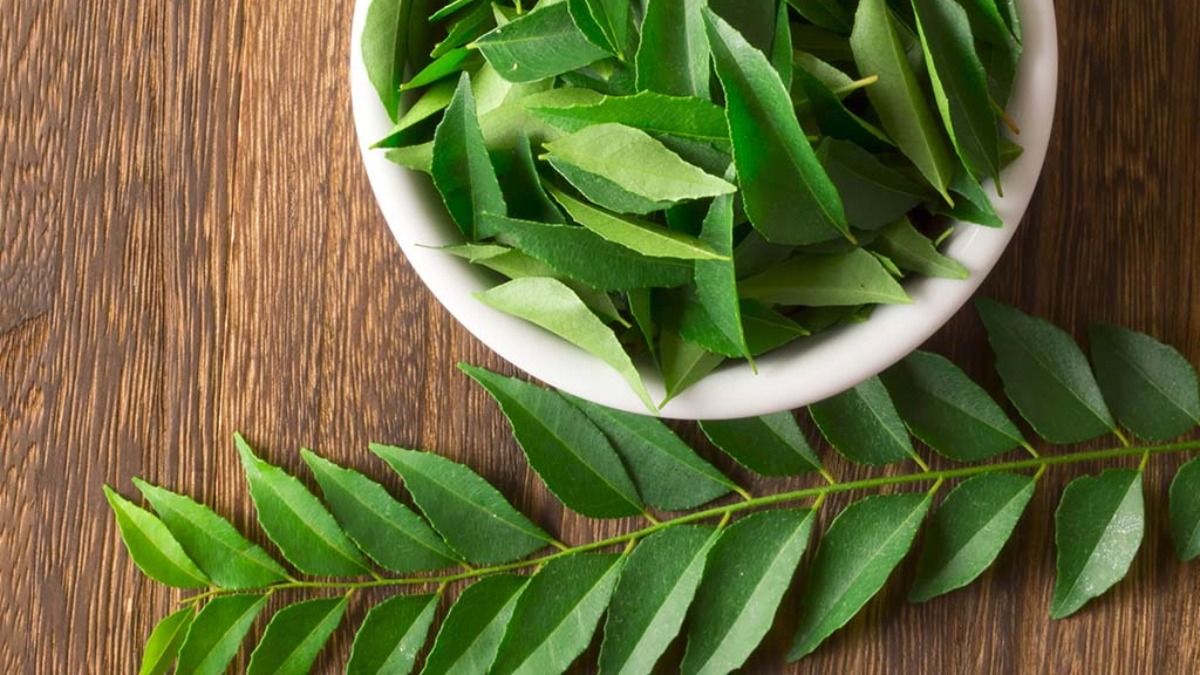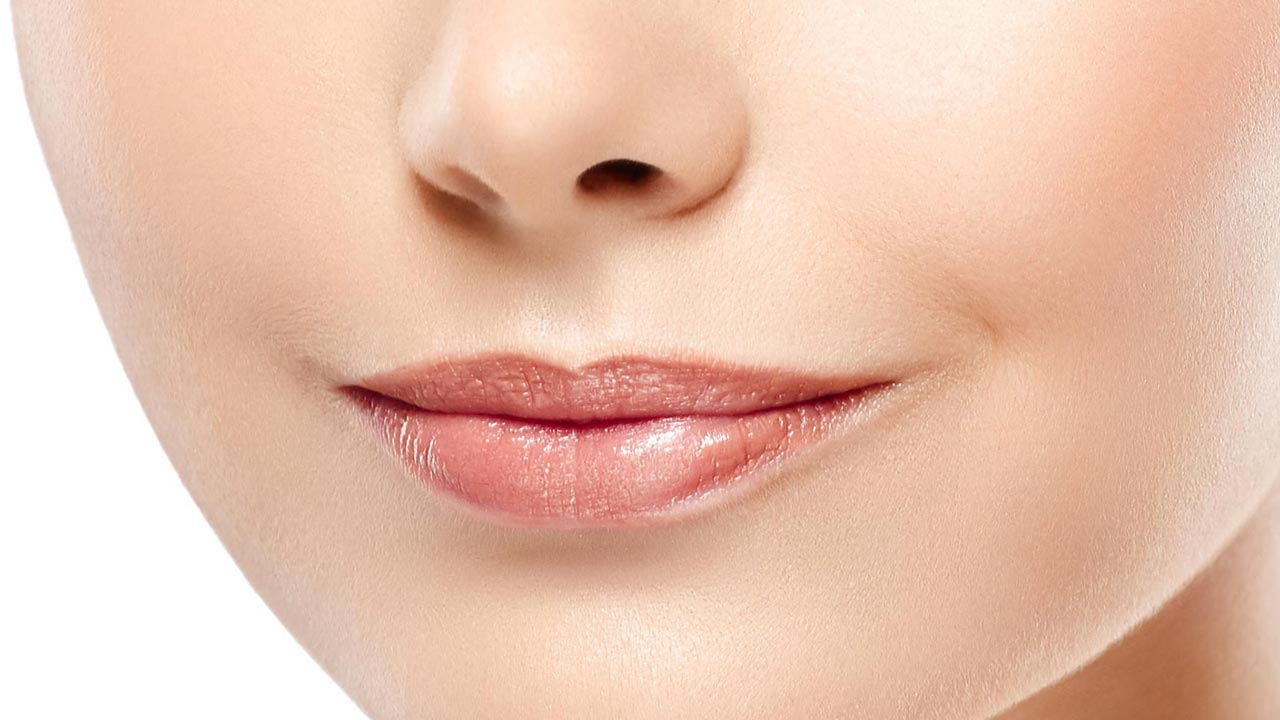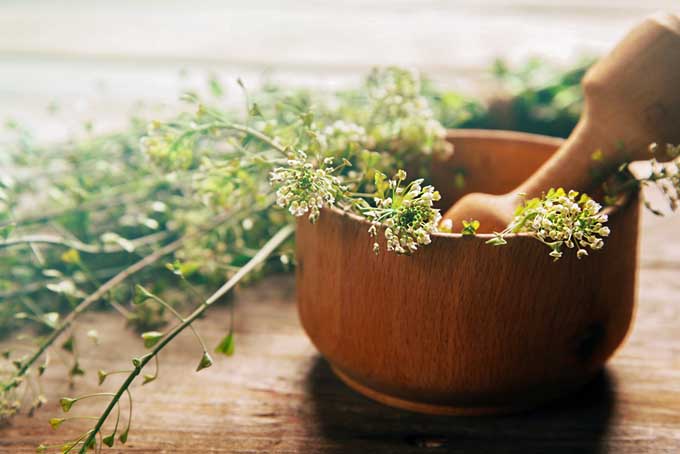Colouring the hair has been a common practice since antiquity. For some it is a means to cover up a greying mane, for others it is an expression of fashion and style. In present times with grey hair showing up early, the search for that perfect hair color starts in the prime of youth for most.
The problem with hair dyes is that they need constant reapplication. When one uses the chemical hair dyes available in the market repeatedly, it plays havoc with hair texture and growth. So then one has to look for hair growth stimulators and smootheners along with hair colours, in the process, digging a bottomless pit for themselves. Those who use synthetic hair dyes often complain of dry, rough hair along with allergic reactions like rash, swelling and/or a burning sensation.
The culprits are…
- Hydrogen Peroxide removes sulphur from the hair to initiate the colour forming process. This loss of sulphur causes hair to harden.
- Ammonia separates the cuticle (outer layer) of the hair in order to facilitate the hair dye to penetrate the hair. The result is dry, brittle and damaged hair.
It is not just hair that you put at risk
- Coal tar is a common ingredient in dark hair colours. Coal tar is a skin irritant and causes cancer of the blood and lymph nodes, according to the U.S. National Cancer Institute.
- Phenylenediamine, another common ingredient, causes cancer of the bladder.
- Secondary amines present in hair dyes often react with tobacco smoke and exhaust fumes to form highly poisonous chemicals called N-nitrosamines. These have also been linked to cancer.
- A preservative known as DMDM Hydantoin is commonly found in hair dyes and is known to cause immune related disorders.
Nature has the solution
Nature provides for hair colouring alternatives, such as vegetables, tea, coffee, black walnuts and herbs. The following rinses can be prepared at home and used on the hair.
- For grey coverage, rinse hair with Sage and Rosemary, or Gooseberry (amla). The herbs need to be boiled in water, strained and cooled before rinsing the hair with it.
- For a brunette shade of hair colour, one can rinse the hair with black tea or black coffee. Or one could use an infusion of black walnuts, tea and coffee.
- For lighter shades, one can rinse hair with Chamomile tea.
- For longer lasting natural hair colour, one can also turn to Henna. Henna is known to enhance the natural hair colour while simultaneously imparting a red tint to the hair.
As hair is considered the waste product of asthi dhatu (bone), it is essential to keep the bones healthy. Besides that, certain herbal oils and hair wash solutions can be easily prepared at home to save hair from toxic chemicals loaded in cosmetic products in the market.
Amla, which forms the base of Chyawanprash, is an excellent tonic for hair also. There are many formulae varying from region to region, the simplest method is to grate a handful of amlas and cook them on slow heat till the moisture evaporates. For darkening hair, Henna leaves and a herb called Bhringraj, each a handful, can be added. Hibiscus flowers are also beneficial and can be dried and soaked in already prepared oil for about fifteen days. The oil is then filtered and used to darken hair. One should keep in mind that the darkening effect only happens when hair is regularly nourished with such oils before greying. These are not hair dyes, they are tonics which prevent ageing of hair, though there are traditional herbal methods to dye hair also in Indian folk medicine.
(Source: Sanatan Kriya The Ageless Dimension)





